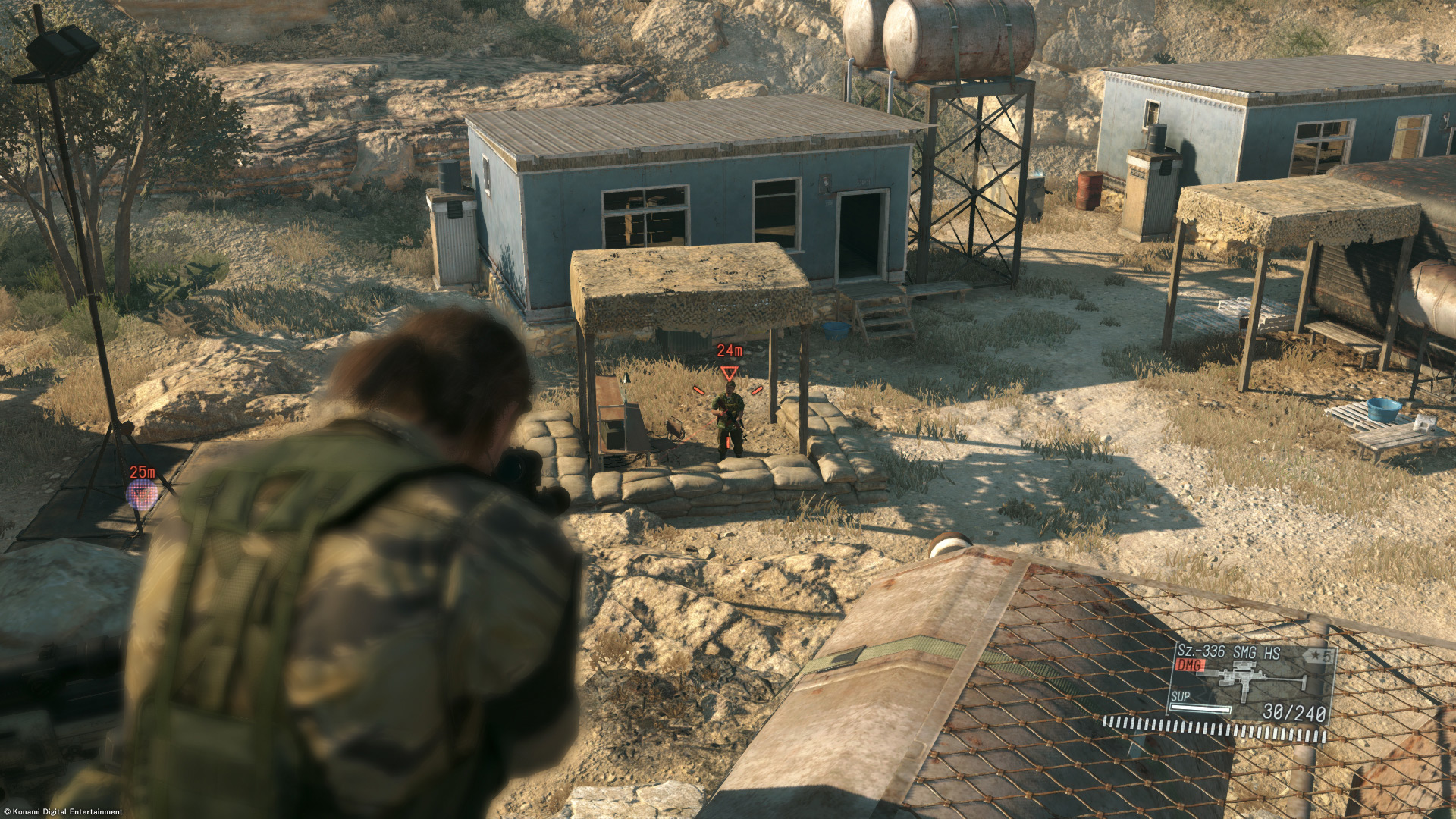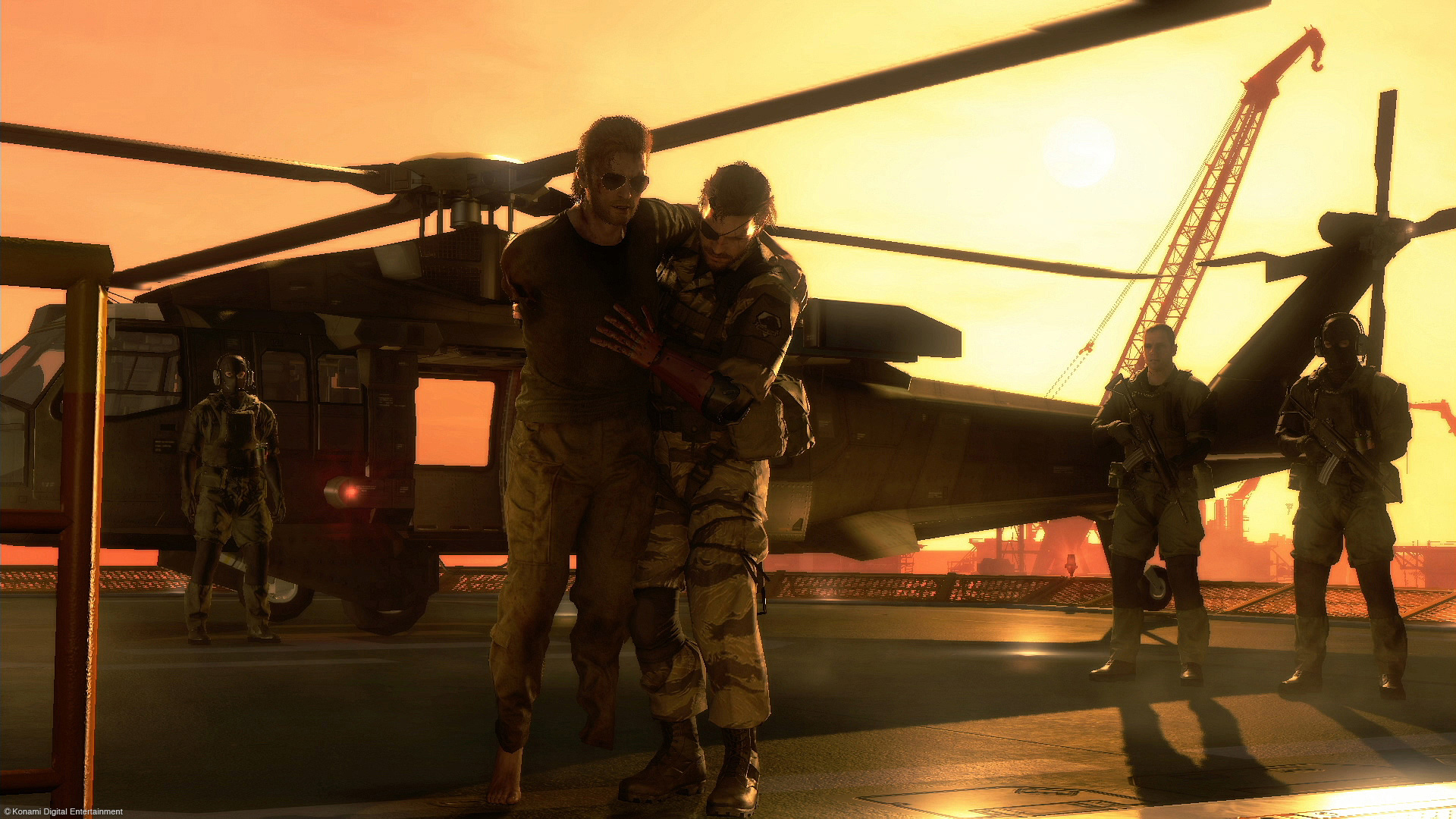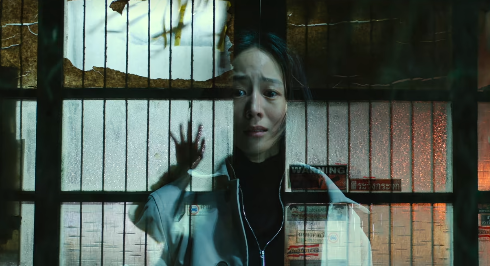
Intense, ambitious and beautiful.
That is what Metal Gear Solid V: The Phantom Pain is all about in this spectacular final send-off to the Metal Gear series. After all, expectations are high since it took game developer and publisher Konami three years and over US$80 million (S$111 million) to develop this latest open world action and adventure game.
Presentation
The Phantom Pain runs on Kojima Productions’ Fox Engine going at 1080 pixels (p) and 60 frames-per-second (fps). The result is a graphical masterpiece in this vast open-world sandbox environment, complete with fully-rendered periodic weather effects.
It does not matter whether you are trekking the scorching desert of Afghanistan or scouting through the wilderness of Africa. Wherever you are in The Phantom Pain, it is an entrancing sight to behold.
Each mission is shot in an episodic fashion, complete with changeable depth-of-field camera angles as well as pre-credits and post-credits scenes. It feels like you are watching a TV series rather than playing a game.
Setting
The Phantom Pain is set in 1984 – nine years after the coma-inducing events of the prequel: Metal Gear Solid V: Ground Zeroes. You play as the protagonist Punished “Venom” Snake – more formerly known as Big Boss or Naked Snake.
To sum it up: you awaken from a nine-year long coma after losing your right arm and having survived an explosion which would kill a normal man, only to be attacked by a private military force only known as Cipher. Now, you have to escape from the hospital that has turned into a warzone. It is, the least to say, a long prologue.
Story

Considering game designer Hideo Kojima’s penchant for plot twists and compelling stories, the Phantom Pain’s main storyline lacks focus and is shallow. It feels like the game is too focused on its fantastic gameplay mechanics rather than on storytelling.
While predictable, however, the story retains the ‘wow’ factor unfolding amid excellent cinematography that captured my attention.
If you are new to this series and wish to learn more of its lore, fret not, as you can learn about the events prior to The Phantom Pain not through narration, but through the allies you meet and cassette tapes you find during your missions.
The Phantom Pain does not shy away from sensitive topics like torture, classified military weapons and child soldiers. Facing child soldiers would definitely pose a moral dilemma. Thankfully, in this game, you will not be allowed to kill any child soldier you encounter. Instead, you are to rescue them.
Gameplay

The level of freedom in The Phantom Pain knows no boundaries. The game does not care how you complete the mission, as long as you can complete it.
Whether you want to go in with guns blazing or infiltrate the enemy base quietly to extract the prisoner or target without killing a single guard, or even take out an entire army with tranquillisers and knockouts – it is completely up to you.
The stealth system that we have come to know and love now has an added feature: Reflex Time. Reflex Time is activated when you are spotted by an enemy soldier and it puts the game in slow motion, which gives you a few seconds to decide how to deal with the enemy without alerting his allies and going into combat mode.
Besides the classical stealth, combat and puzzle mechanics, you are introduced to a brand new fantastically executed in-game mechanic: base management. You now have control over Mother Base, which has only appeared or mentioned briefly in the previous games.
In Mother Base, you manage platform levels and constructions, staff departments, weapons development and more with the in-game currency Gross Military Product (GMP). You gain staff by extracting the on-field enemies you meet with a Fulton extraction device.
This feature adds a whole new level of freedom to the game. Would you prefer to shoot every guard and watch them bleed to death and risk losing a potential valuable staff member, or would you put them to sleep or knock them out and send them back to Mother Base to expand your manpower via the Fulton device? The choice is yours.
With base management comes resource management. Scattered throughout the game are raw and processed material and medicinal plant stashes, diamonds and weapon development blueprints.
Collecting and extracting these materials is vital to not only expand Mother Base, but also increase your GMP and the availability of weapons and equipment. Speaking of weapons and equipment, The Phantom Pain offers a vast array including a personal chopper, pistols, rocket launchers and sleep grenades. But it does not end there. You could even customize the weapon parts in every way and to experiment (on unsuspecting enemies) to your heart’s content.
It took me a full 60 hours in a span of three weeks before the credits started rolling. It was only then I was greeted by the fact that I haven’t quite completed the story just yet, and had to replay previous missions (which are now much tougher) in order to unlock the new missions.
Now, this would often be infuriating. However, the post-credits scenes were such a tease that they urge you to keep on playing just to see how the future events would unfold.
The Verdict

Metal Gear Solid V: The Phantom Pain’s singular focus on gameplay and freedom has easily made this title my favourite in the Metal Gear series. It does not force you to play by their rules, but lets you go on your own terms. The three-year development time is fully justified to develop Konami’s most polished version of the Metal Gear series yet. It well deserves a 9/10 rating.
Metal Gear Solid V: The Phantom Pain is available on Xbox 360, PS3, Xbox One, PS4 and PC.






